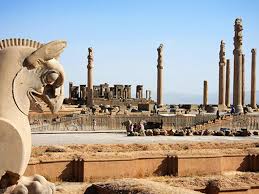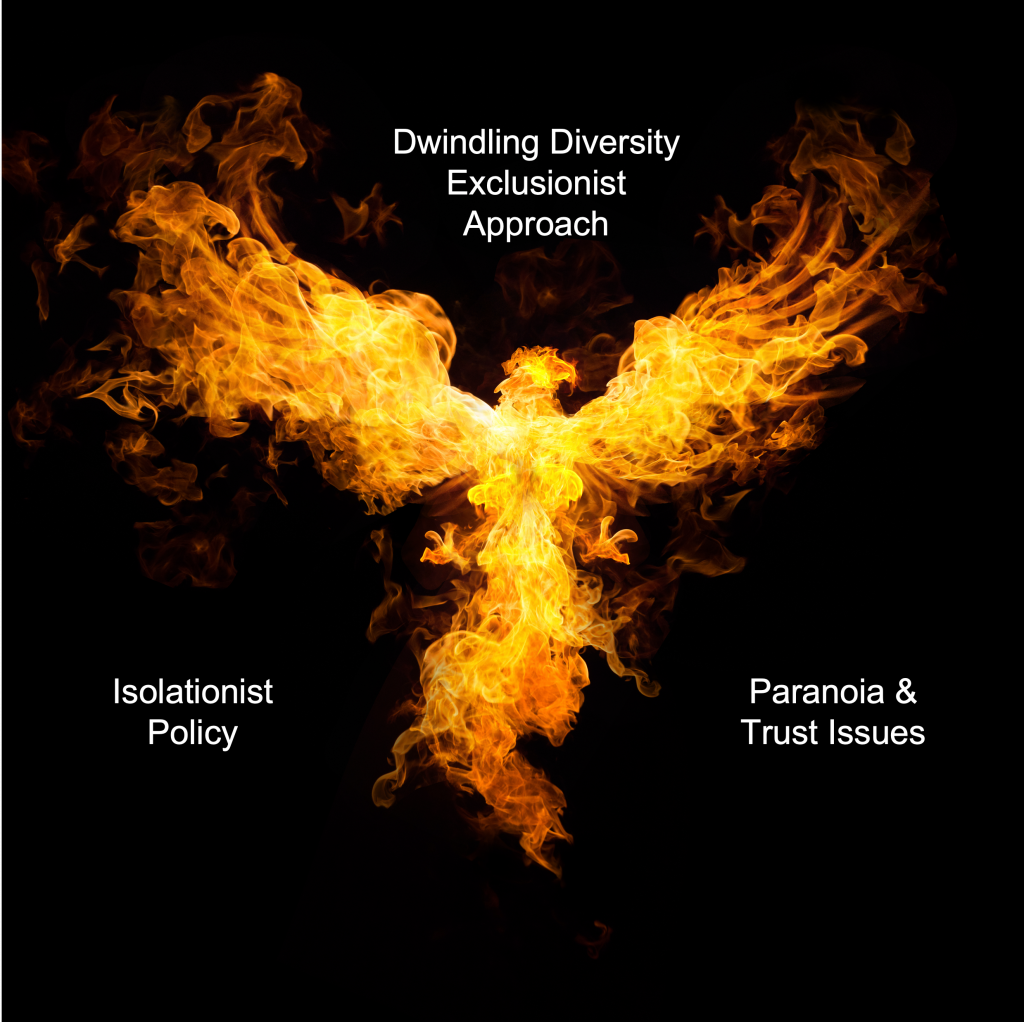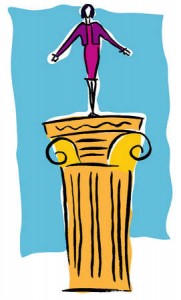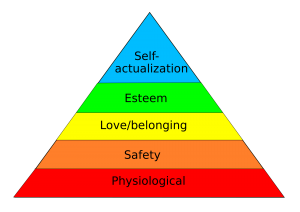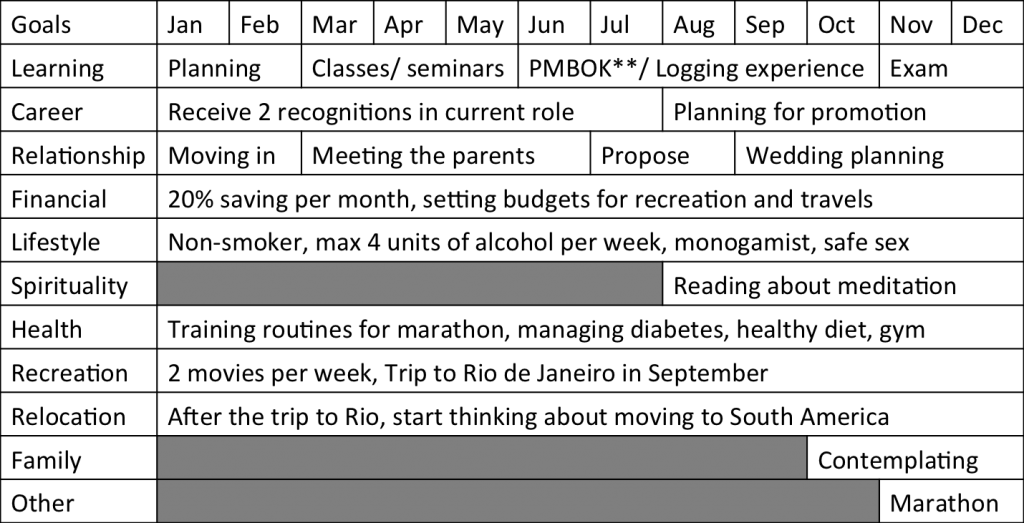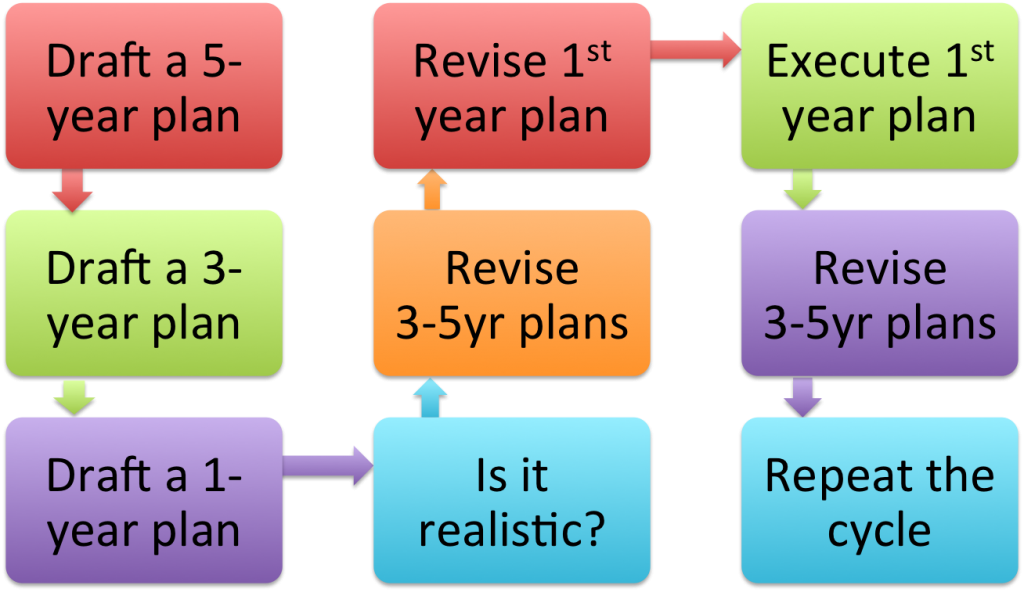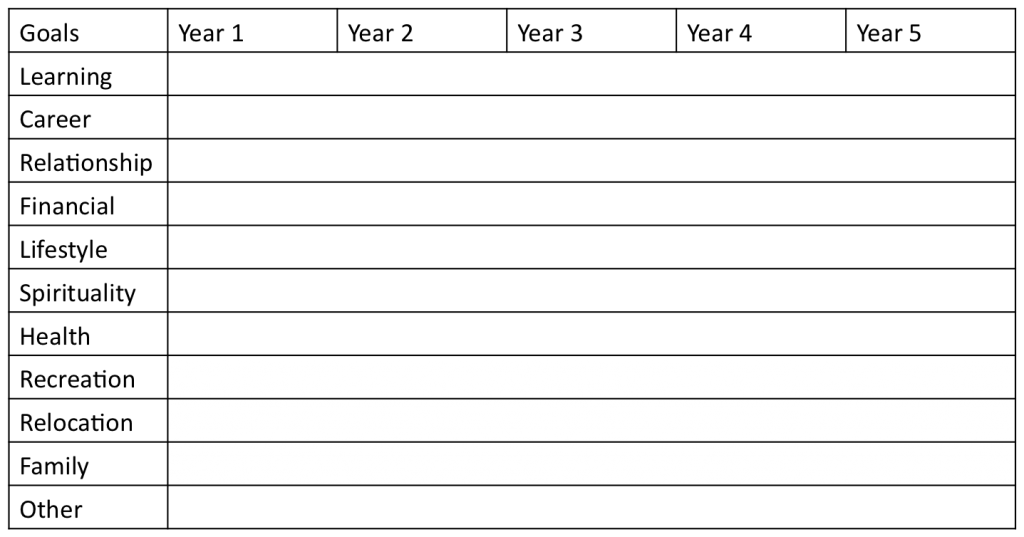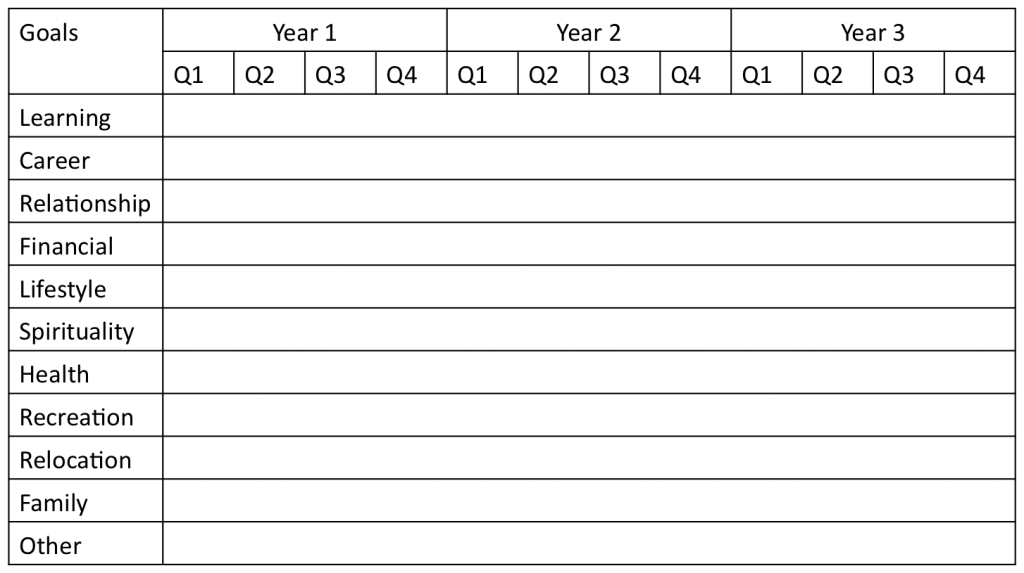برای فردای ایران
گفتار یکم: ایرانی کیست؟
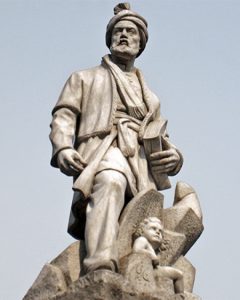 سوال اولی که باید پاسخ داده شود این است که ایرانی کیست بر چه اساس و معیارهایی ایرانی بودن افراد را می توان تشخیص داد؟
سوال اولی که باید پاسخ داده شود این است که ایرانی کیست بر چه اساس و معیارهایی ایرانی بودن افراد را می توان تشخیص داد؟
چرا اصلا این سوال مهم است؟ چون در طول تاریخ معاصر و باستانی ایران، نمونه های بسیاری وجود دارد که اقوام و اقلیتهای مذهبی به بهانه های مختلف ایرانی بودنشان زیر سوال رفته، از فرایندهای دموکراتیک حذف شدند، شهروند درجه ۲ به حساب آمدند، مجبور به ترک وطن شدند یا در وطن خود احساس بیگانگی کردند۰
این بهانه در درجه اول کیش و مذهب افراد بود و در درجه دوم قومیت آنها. از زمانی که ایران در مقاطع مختلف دین رسمی پیدا کرد یا توسط دولتهای دین مدار اداره شد یا نفوذ روحانیون بالا رفت، گروههایی که اعتقادات متفاوت داشتند به کنار رانده شدند و از سمتهای کلیدی آکادمیک، دولتی، مدیریتی محروم شدند۰
نمونه بارز آن بحث هویت «ملی مذهبی» است که توجه و طرفداری بسیاری را جلب کرده بود ولی به همان دلایل بالا می تواند در نفسش اقلیت ستیز باشد. مذهب در عبارت ملی مذهبی نه هر مذهبی است بلکه اشاره به دین اسلام و آن هم نوع خاصی از اسلام دارد. وقتی ملی مذهبیون سر کار باشند، طبق تعریف، ایرانیانی که شیعه دوازده امامی نیستند از دور مرکزی خارج فرض می شوند و ممکن است فقط حق زندگی یا شهروندی داشته باشند ولی در تصمیمات کلان و احراز پستهای کلیدی قطعا اولویت ندارند یا به کل حذف می شوند. تصور کنید آیا در یک نظام ملی مذهبی، آیا یک فرد سنی، صوفی، بهایی، زرتشتی، کلیمی یا ارمنی این امکان را خواهد داشت که رییس جمهور که سهل است، مدیر کل یک اداره باشد، هر چقدر هم که میهن پرست باشد؟ نمونه بالا مثال خوبی است که اگر واقعا در جستجوی هویت ایرانی هستیم، لاجرم تعریف آن را باید از مذهب فرد جدا کنیم وگرنه دوباره دچار چنددستگی و فرآیندهای حذف سیستماتیک می شویم۰
قومیت چطور؟ آیا به نظر شما قومیت و نژاد در درجه ایرانی بودن شهروندان تاثیر دارد؟ آیا یک ایرانی کرد، عرب، بلوچ، لر یا آذری نسبت به یک ایرانی فارس کمتر ایرانی به حساب می آید؟ شاید یک ایرانی با قومیت فارس کنه این قضیه را به این شدت احساس نکند ولی هموطنان کرد و ترک و بلوچ و لر و عرب و غیره بخوبی می دانند که چگونه حکومتهای مرکزی در مقاطع مختلف تبعیضهایی را بر اساس قومیت افراد اعمال کردند و آنها را به حاشیه راندند۰
در فردای روشن پس از انقلاب یکی از نقاط خیلی مهم و بنیادی، گذر از دین مداری و قومیت گرایی از یک سو و تاکید درست بر هویت دربرگیرنده ایرانی است۰
حال که دیدیم دین و قومیت در برساخت مفهوم ایرانی نقش مثبت که ندارند هیچ، نقش منفی هم دارند، این سوال پیش می آید که ایرانی بودن را چگونه می توان تعریف کرد. در یک تعریف پیشنهادی دربرگیرنده، ایرانی را می توان کسی دانست که سه شرط زیر را احراز کند۰
یک) با سرزمین ایران ارتباط زادگاهی، اصالتی و یا اقامتی داشته باشد. منظور از ارتباط زادگاهی این است که صرف نظر از اصالت یا ملیت پدر و مادر اگر کسی در خاک ایران زاده شده باشد، حق ایرانی بودن را داشته باشد. منظور از ارتباط اصالتی این است که اگر کسی خارج از ایران هم زاده شده باشد، ولی اگر پدر، مادر یا اجداد ایرانی داشته باشد، بتواند از حق ایرانی بودن برخوردار باشد. شرط سوم هم که اقامت است. به عنوان مثال، ایران هم در آینده می تواند به عنوان یک کشور مهاجر پذیر به شهروندان کشورهای دیگر در صورت اقامت کافی و مستمر در ایران (مثلا ۵ یا ۷ سال) این اجازه را بدهد که ایرانی شوند. البته در صورت احراز دو شرط دیگر که در زیر آمده است.
دو) قادر است به زبان فارسی تکلم کند (هر چند لزومی ندارد که فارسی زبان مادری اش باشد.)۰
سه) به تاریخ و تمدن کهن این مرز و بوم واقف است و به آن افتخار کند. همچنین از میراث غنی فرهنگی ایران اطلاع داشته و به آن پایبند باشد، مثلا نوروز و شب یلدا را جشن بگیرد و با ادبیات و بخصوص شعر و هنر و موسیقی ایرانی بتواند ارتباط برقرار کند۰
ممکن است برای بعضی تعجب آور باشد که چرا دانستن زبان فارسی یکی از ارکان ایرانی بودن است، ولی با مراجعه به تاریخ خواهید دید که همین زبان فارسی تسلسل مفهوم ایران و ایرانی بودن را به عنوان یک ملت شکل داده است. پیش از توضیح معیار سوم لازم است دو مورد را درباره زبان فارسی بیشتر توضیح دهم. اول اینکه فارسی لزومی ندارد زبان مادری کسی باشد. زبان مادری می تواند کردی، آذری، عربی یا هر چیزی باشد. ولی دانستن زبان فارسی شالوده مشترکی ایجاد میکند که تمام شهروندان این ملت را به هم متصل می کند. دوم اینکه که اگر روزی ایران تصمیم بگیرد کشوری مهاجر پذیر باشد و به مهاجرانش حق شهروندی اعطا کند، مانند خیلی کشورهای دیگر یکی از شروط اصلی، قابلیت فرد مهاجر به ایجاد ارتباط به زبان فارسی خواهد بود۰
تاریخ و تمدن یکی از شاخص های اصلی ایرانی بودن است. هر هویتی با افتخار به عناصر وابسته به آن معنا پیدا می کند. هویت ایرانی متصل به تمدنی عظیم، با شکوه، قدرتمند و با قدمت است. جدا کردن هویت ایرانی از تاریخ و تمدن ایران زمین نتیجه ای جز تضعیف هویت و روحیه ایرانی نخواهد داشت. البته باید واقف بود که تاریخ هیچ کشوری خالی از نقاط تاریک، تنگناهای پیچیده و فراز و نشیبهای عبرت انگیز نیست و وقتی صبحت از تاریخ ایران می شود، بر هر ایرانی است که خودآگاهی کافی نسبت به هم فرازها و هم نشیبهای این تاریخ پیدا کند که همانند برخی صرفا دچار خودبزرگ بینی یا خودشیفتگی تاریخی نشود۰
جنبه دوم معیار سوم فرهنگ به عنوان وجه مشترک یک ملت است. همانند چسبی که تک تک افراد آن جامعه را بر اساس ارزشهایی مشترک به هم می چسباند. حال این فرهنگ می تواند شامل آیین های مشترک ملی مانند نوروز، شب یلدا، جشن مهرگان یا چهارشنبه سوری باشد یا میتواند به صورت جنبه های رفتاری مانند مهمان نواری خاص ایرانی، آداب دانی، نوع دوستی، یا عشق به خانه و خانواده خود را نشان دهد. هر چه باشد، یک ایرانی در تمام دنیا ویژگی های فرهنگی و رفتاری خاصی دارد که منحصر به خود می باشد (چه مثبت، چه منفی)۰
حال که به مختصات اصلی ایرانی بودن که به طور خلاصه شامل ارتباط مکانی (به عنوان زادگاه، اصالت یا محل اقامت)، ارتباط زبانی، و ارتباط فرهنگی و احساسی است اشاره کردیم، وقت آن است که به چند سوال اساسی که مربوط به ایران پس از انقلاب حاضر و با تعاملات به مراتب بیشتر با جامعه جهانی می باشد، فکر کنیم۰
سوال اول) اگر یک ایرانی و یک غیر ایرانی با هم ازدواج کنند، آیا فرزندشان ایرانی خواهد بود؟ در بیشتر کشورهای دنیا این قانون وجود دارد که حق شهروندی از طریق یک والد به کودک داده می شود. ولی احراز هویت ایرانی بحث دیگری است و علاوه بر ارتباط پدر و مادری، می تواند منوط به این باشد که این فرزندان فارسی بیاموزند، با فرهنگ و آداب و رسوم ایرانی آشنا باشند و به هویت ایرانی خود نیز افتخار کنند. این فرزندان به اصطلاح دورگه و یا زاده شده در خارج همان اندازه میتوانند از هویت ایرانی بهره مند باشند که هر ایرانی زاده شده از پدر و مادر ایرانی یا زاده شده در ایران۰
سول دوم) آیا هویت ایرانی که اصل اول شهروندی است، مادرزادی است یا قابل اکتساب؟ به طور تاریخی، می دانیم که مهاجرپذیری ایران بیشتر از کشورهای همسایه یا در راستای شاهراه های ارتباطی مانند جاده ابریشم بوده است. اما دور از ذهن نیست که به سبب کاهش رشد جمعیت و کاهش جمعیت شاغل، درهای ایران در آینده به سوی شهروندان کشورهای دوردست هم گشوده شود. همانگونه که ایرانیان به سوی جوامع دیگر مهاجرت کردند، ممکن است در مقطعی نیاز به نیروی کار ماهر پیدا شود و یا ایران جاذبه های مهاجرپذیری پیدا کند. در آن هنگام است که تسهیل کسب هویت ایرانی به مهاجران این امکان را می دهد که در جامعه بزرگ ایران و به عنوان یک ایرانی پذیرفته شوند و احساس شهروندی درجه دومی یا مهمان موقت نکنند۰
سوال سوم) با توجه به سه معیار بالا، آیا یک ایران شناس آمریکایی یا انگلیسی که فارسی می داند و به فرهنگ ایران هم عشق می ورزد، ایرانی به شمار می رود؟ طبق بحث بالا، این شخص معیار اول را ندارد چون زاده ایران نیست، از پدر و مادر یا اجداد ایرانی نیست، و مقیم ایران هم نیست. همانگونه که می بینید، با در نظر گرفتن سه شرط ذکر شده، براحتی می توان سناریوهای مختلف را بررسی کرد و در مورد احراز شروط ایرانی بودن و قوی بودن آنها نظر داد۰
سوال چهارم) پرسش سختی که وجود دارد این است که در فردای پس از انقلاب، تکلیف کسانی که در برابر ملت ایران ایستادند و به دلیل عقاید افراطی مذهبی یا نفع شخصی و گروهی، دست به برادرکشی و خواهرکشی زدند، چیست؟ آیا همانند انقلاب قبلی این بار نوبت حذف آنها (فیزیکی یا معنوی) خواهد بود؟ آیا از آنها خواهیم خواست که به کشورهایی که مامن خوبی برای افراطی گرایی است مهاجرت کنند؟ آیا آنها را در ایران نگاه می داریم ولی مانند شهروند درجه دوم با آنها رفتار می کنیم؟ یا آغوش میهن را برایشان باز می گذاریم تا بمانند و همانند هر شهروند دیگری خوشبختی خود را از نو تعریف کنند؟ پاسخ با شما و آیندگان۰
بگذارید این گفتار را با این ببندیم که شرط اول رسیدن به این آرمان دراز مدت این است که در درجه اول، شهروندان فعلی ایران، به دلیل جنسیت، قومیت، دگرباشی، دگراندیشی، و داشتن/ نداشتن اعتقادات مذهبی احساس دست دومی نکند، به زندان نیفتد، کشته نشود، و از همان حقوق و امکاناتی بهره مند باشد که سایرین بهره مندند. در درجه دوم نه تنها حقوق اولیه تمام ایرانیان برابر باشد، بلکه فرصتها و امتیازاتی که افراد می توانند دنبال کنند منوط به جنسیت، قومیت، طرز تفکر یا مذهب نباشد. و این بحثی است که در گفتار خوشبختی ایرانی به آن خواهیم پرداخت۰
ایرانی بودن در بسیاری از ایرانیان در نیم قرن اخیر آمیزه ای دردناک از افتخار توام با شرمساری بوده است. امیدوارم روزی برسد که ایرانی بودن برای تمام ایرانیان فارغ از جایگاهشان در اجتماع و هویتهای فردی و خصوصی که دارند، مایه سربلندی و افتخار باشد۰
